If you're new to the equestrian world, horse riding can feel both exciting and intimidating. From catching a horse in the pasture to grooming, saddling, lunging, and finally riding, there's a lot more that goes into a lesson than just hopping in the saddle. In today's barn session, we walked a true beginner, our very own Abigail, through the full process on a calm, experienced mare named Ethel. This behind-the-scenes look is perfect for anyone curious about what really happens in a beginner-friendly horse riding lesson.
Why Start with a Lesson Horse?
Many people eager to get involved in equestrian life make the mistake of jumping into horse ownership too quickly. Pairing a green rider with a green horse, especially one that hasn't been properly trained, rarely goes well. A safe, well-trained lesson horse like Ethel allows beginners to learn the basics of balance, steering, and communication without the risks that come from inexperience.
Ethel, who previously spent years as a broodmare, is calm, patient, and forgiving. These are the qualities every beginner rider should look for in a horse riding program.
The Pre-Ride Process: Grooming and Saddling
Before you ever put your foot in the stirrup, horse care comes first. Grooming keeps your horse comfortable, prevents sores under the saddle, and builds trust between horse and rider. Our beginner learned to:
-
Curry and brush Ethel's coat
-
Pick out her hooves
-
Apply fly spray (avoiding the saddle area to prevent slipping)
-
Properly place the saddle pad, saddle, and girth
It's not unusual for first-timers to struggle with tack, but with guidance, Abigail quickly got the hang of saddling Ethel.
Lunging: Preparing the Horse for Work
Lunging is an important step in many horse riding programs. For Ethel, who has a history of stifle issues from her broodmare days, lunging helps her warm up her muscles and prevents stiffness. It also sets the tone for communication between horse and handler before riding.
This part of the lesson taught Abigail how to guide Ethel in a circle, encourage forward movement, and use her body position to control direction and speed.
Riding Basics: Seat, Hands, and Feet
Once mounted, Abigail learned the foundation of effective equestrian technique, using her seat and legs rather than relying solely on her hands. Lesson highlights included:
-
Sitting deep in the saddle "like a sack of potatoes" to stay relaxed
-
Using leg pressure to guide direction
-
Practicing one-handed riding for better feel and control
-
Working at the walk and jog to develop rhythm and confidence
Ethel, being spur-trained, is very responsive to leg cues. Abigail learned how subtle shifts in weight and pressure communicate more clearly than heavy rein use.
Problem-Solving and Confidence Building
Every rider faces challenges. Ethel initially tried to ignore Abigail's cues, testing her authority. With coaching, Abigail learned to correct her horse calmly but firmly, which built her confidence. By the end of the session, Ethel was responding consistently, showing how quickly a rider's progress can transform a ride.
This balance of challenge and reward is at the heart of good horse riding lessons. Riders build skills, but they also build patience, persistence, and self-assurance.
Beyond the Lesson: Equestrian Lifestyle and Horse Breeding
For many, learning to ride is the first step into a much larger equestrian lifestyle. Some continue into disciplines like dressage, barrel racing, or trail riding, while others eventually explore horse breeding programs. Horses like Ethel, who served as both a broodmare and a lesson horse, show the versatility and importance of thoughtful care and training.
Horse breeding plays a vital role in developing bloodlines suited for different equestrian disciplines. But before considering breeding, riders benefit greatly from years of horse riding experience, ensuring they understand the needs, conformation, and temperament that make for a successful pairing.
Final Thoughts
Horse riding is more than just sitting in a saddle, it's an immersive journey that includes horse care, groundwork, and communication. For beginners like Abigail, having the chance to learn step-by-step on a seasoned horse makes all the difference.
Whether your long-term dream is simply enjoying trail rides or diving into the equestrian world more deeply, even exploring horse breeding, starting with proper lessons is the foundation for a safe and rewarding journey.

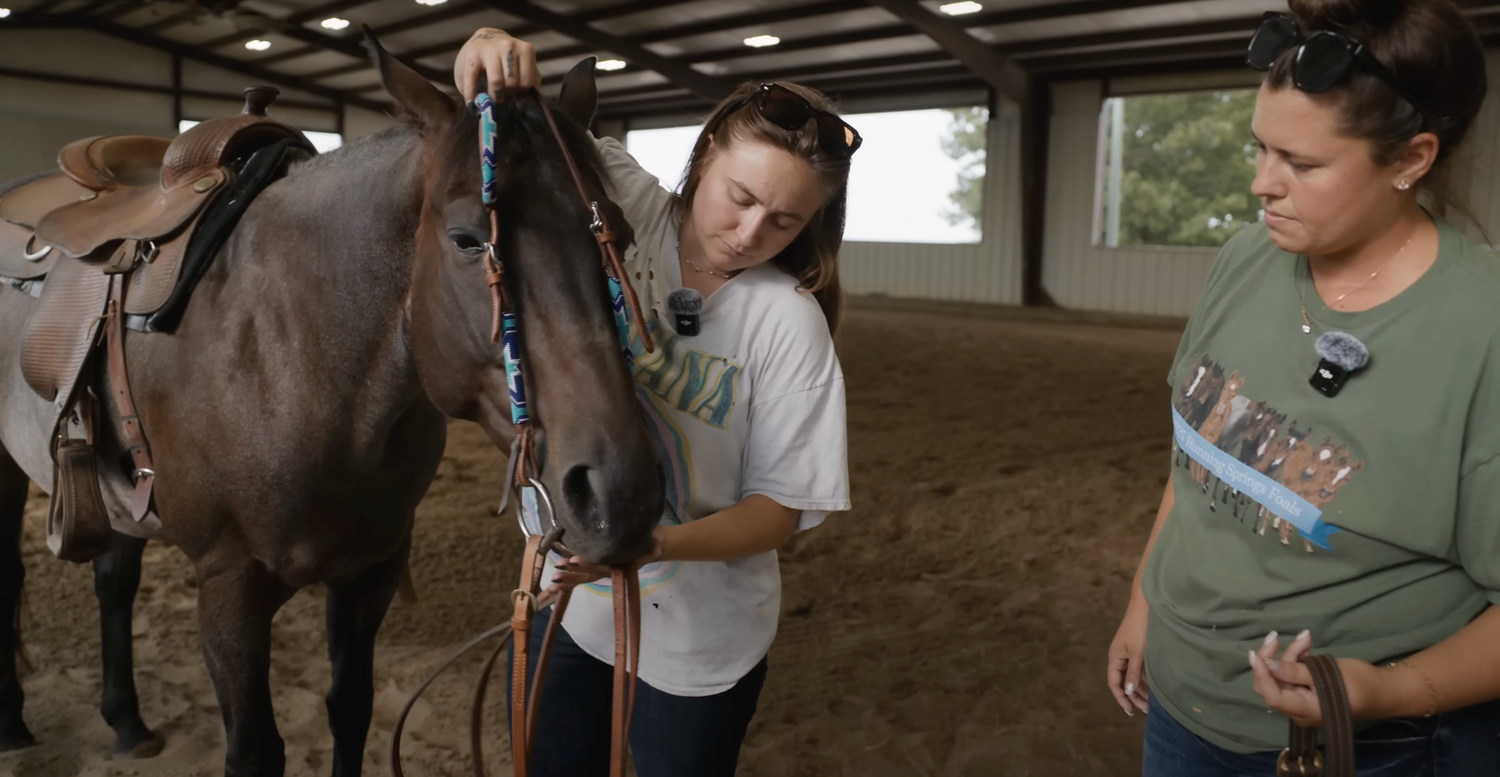
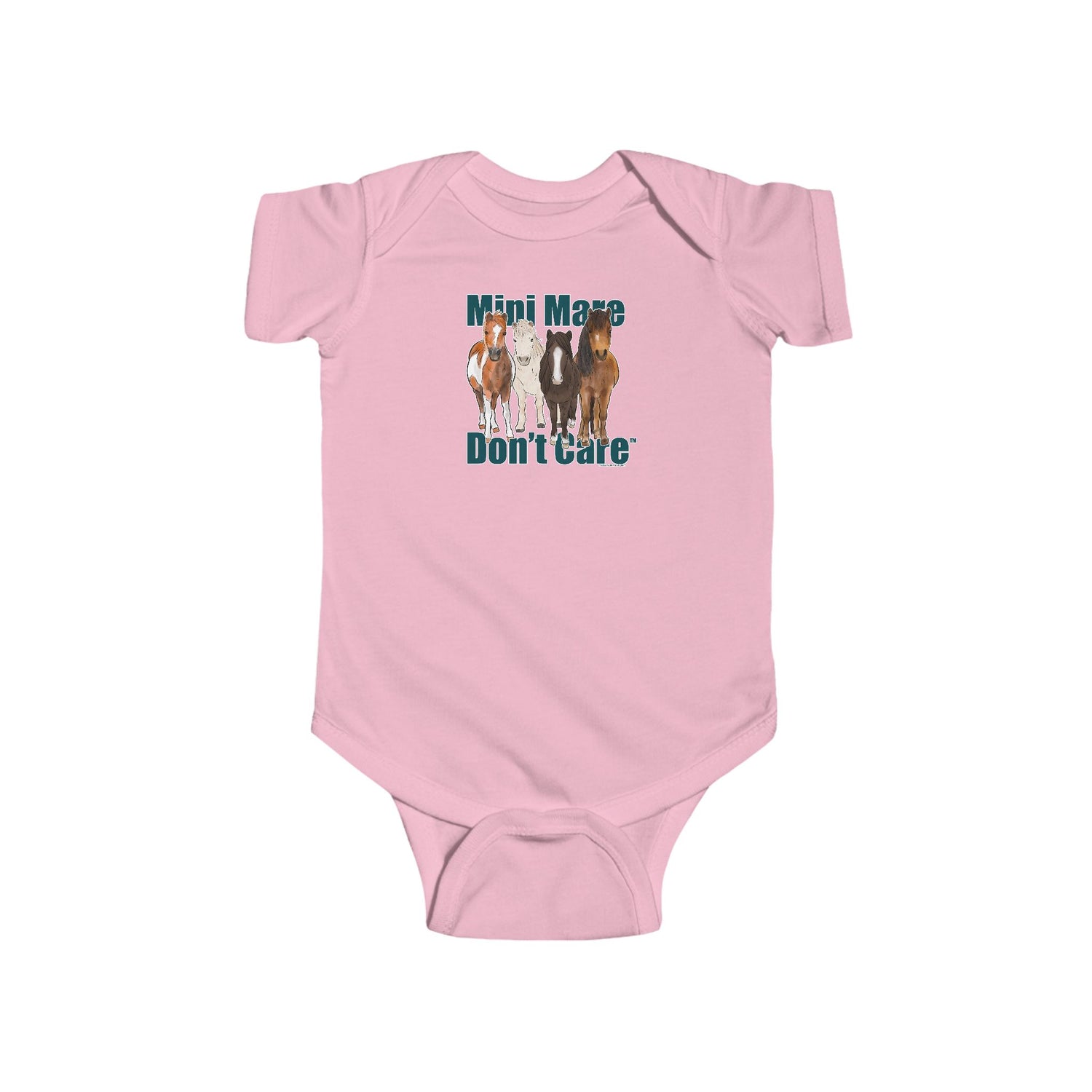
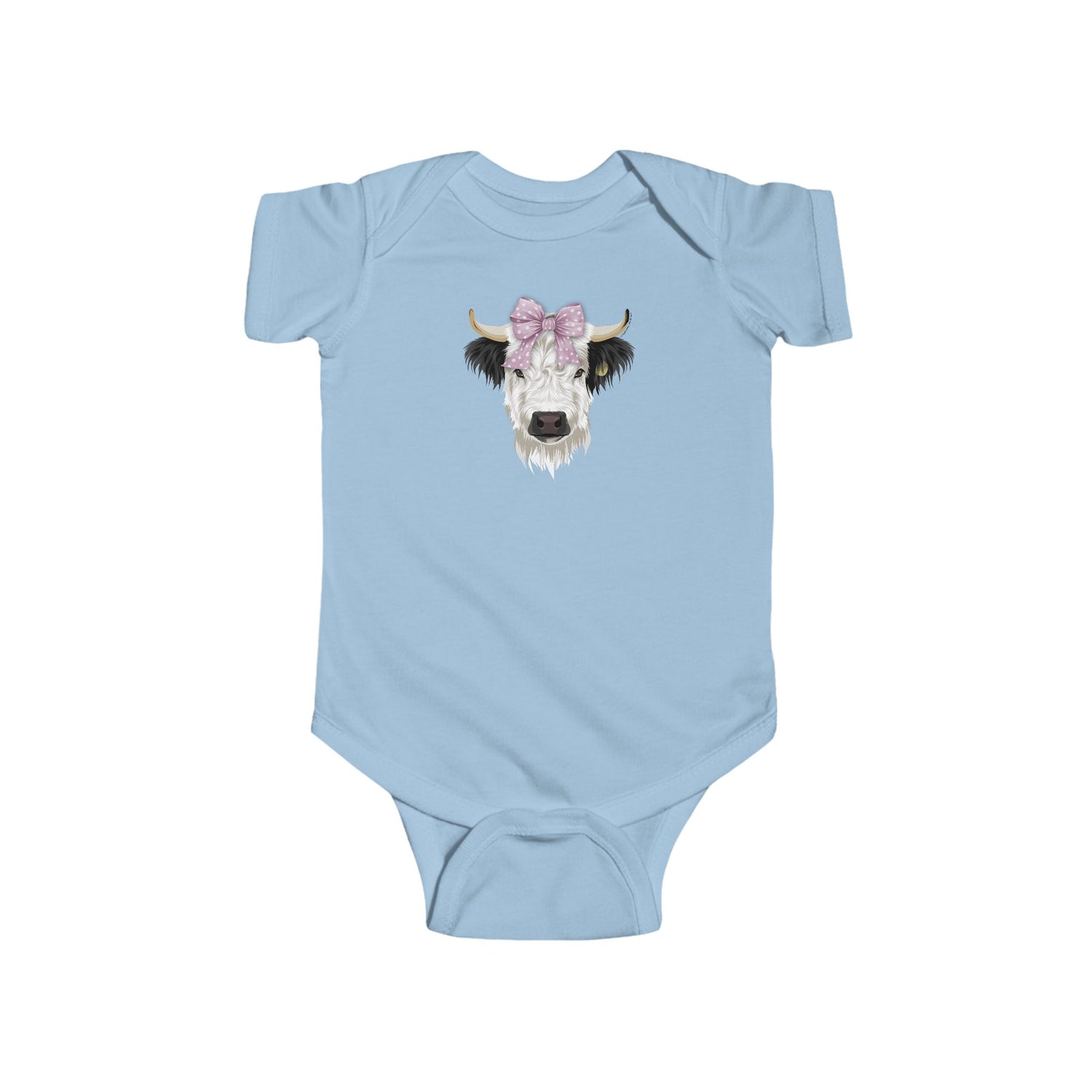
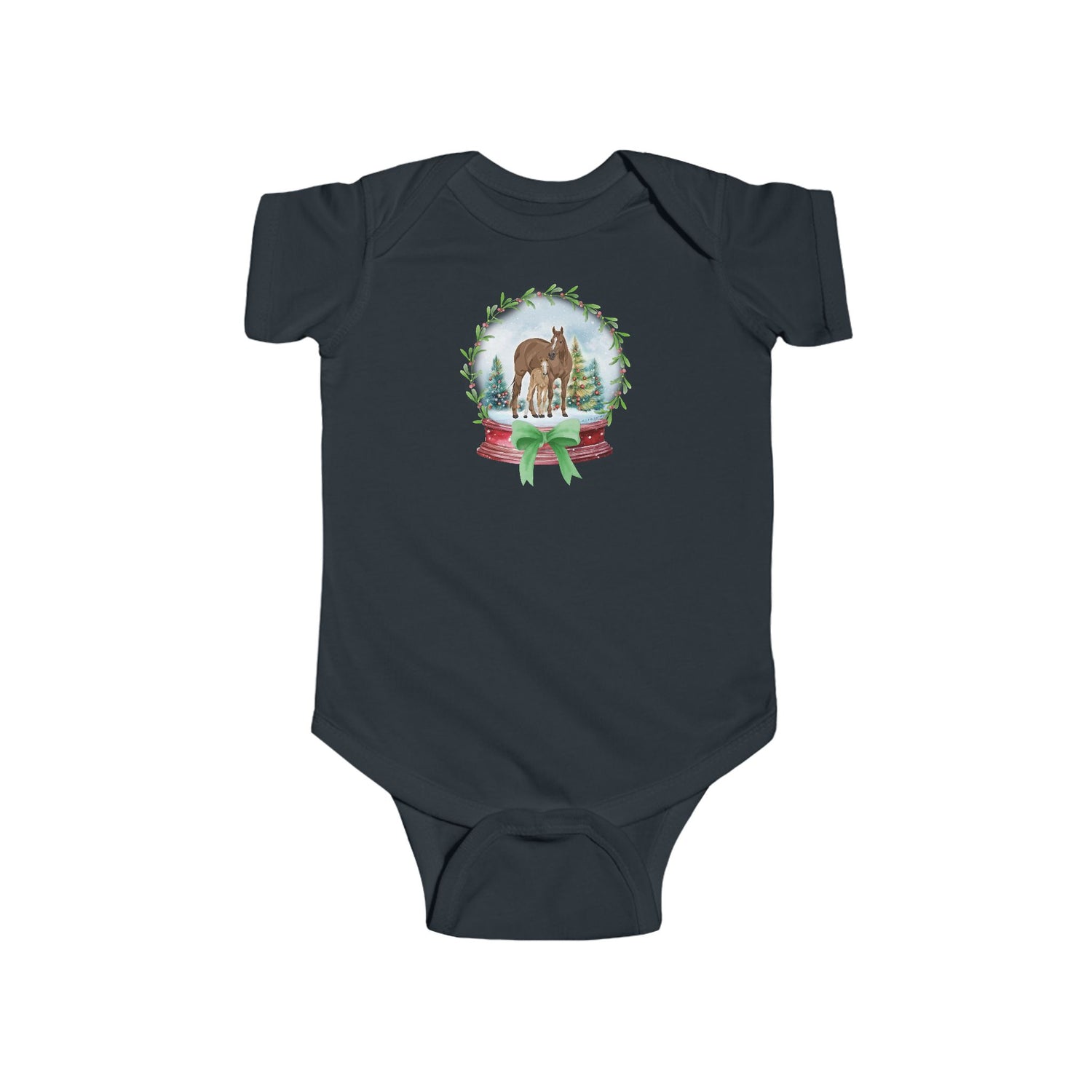
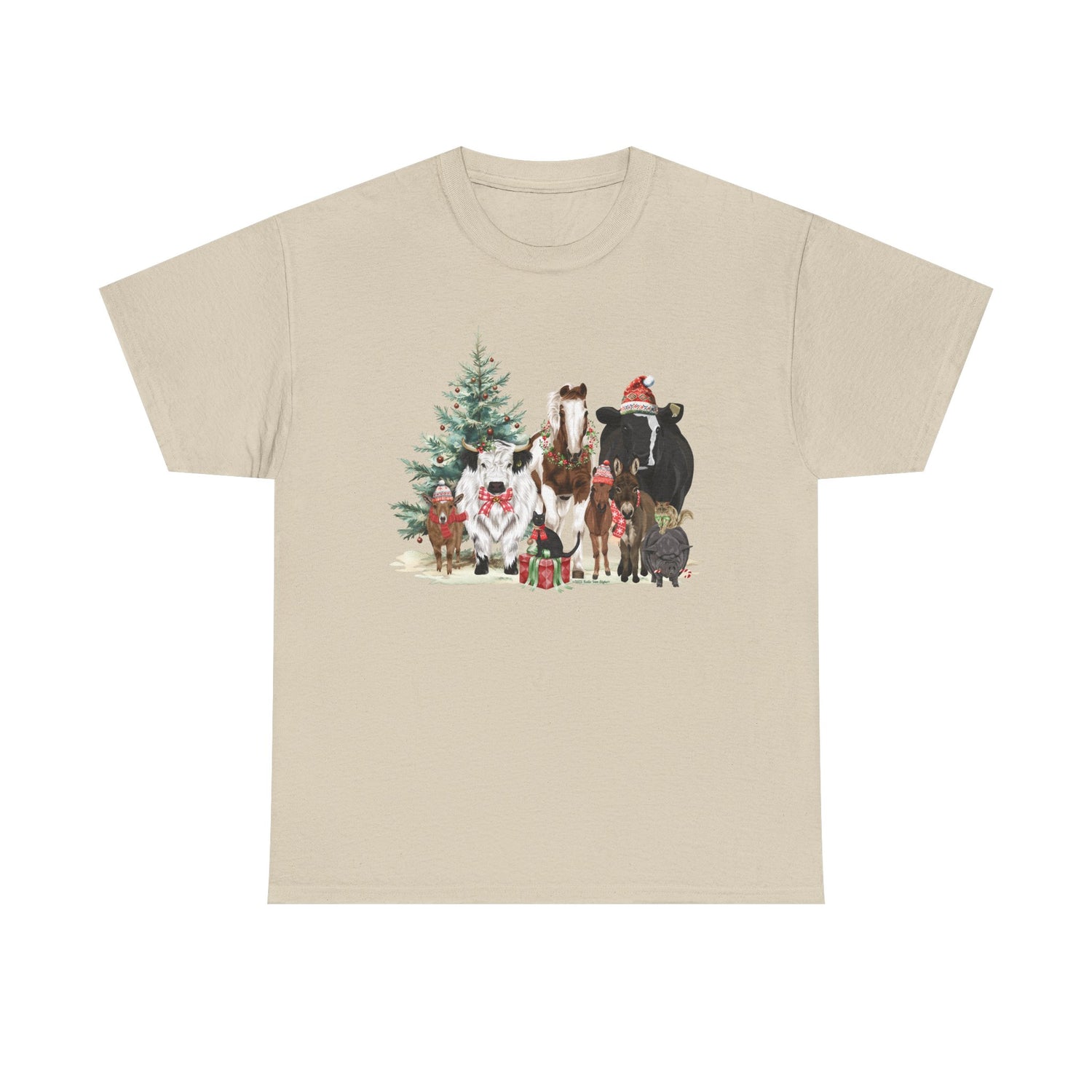
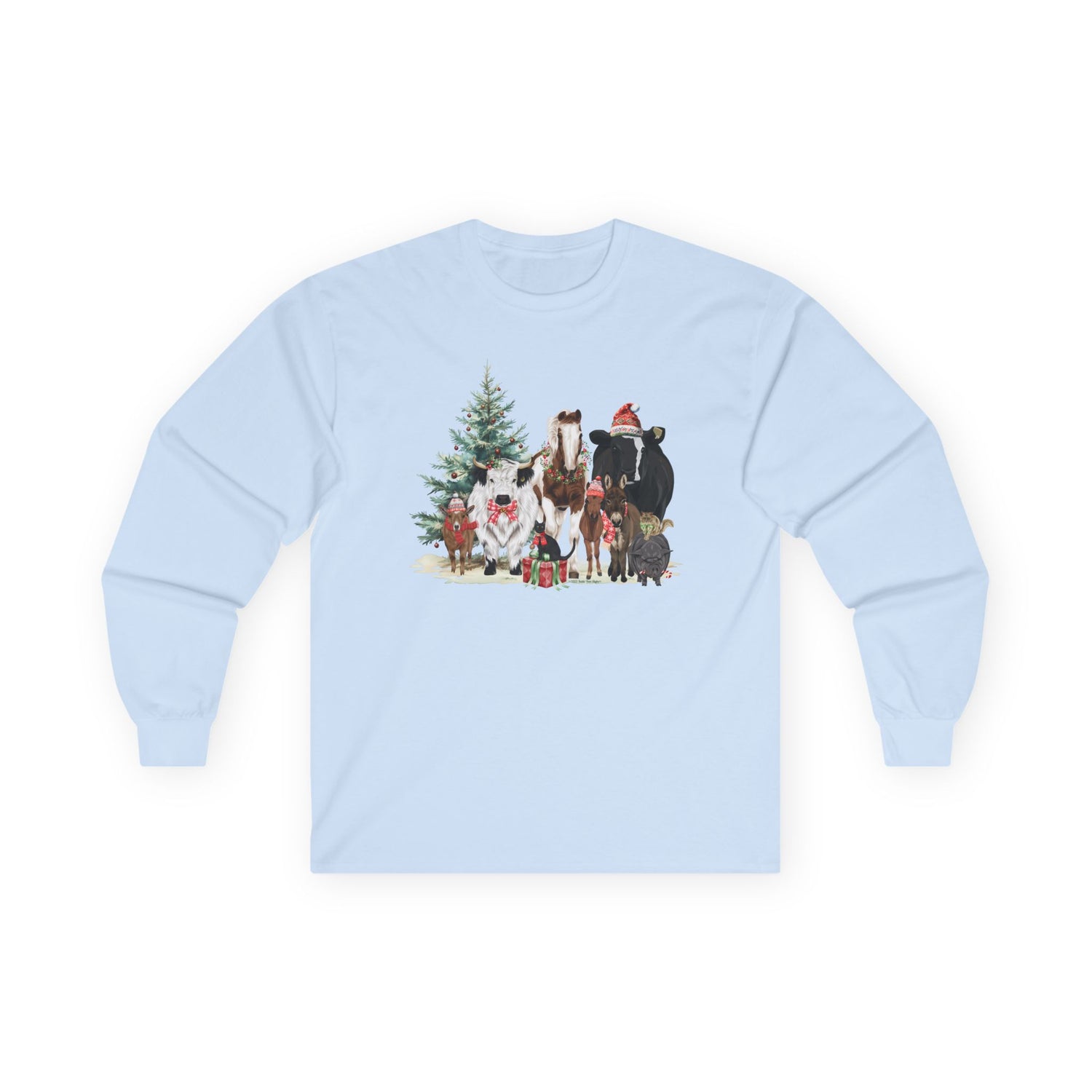
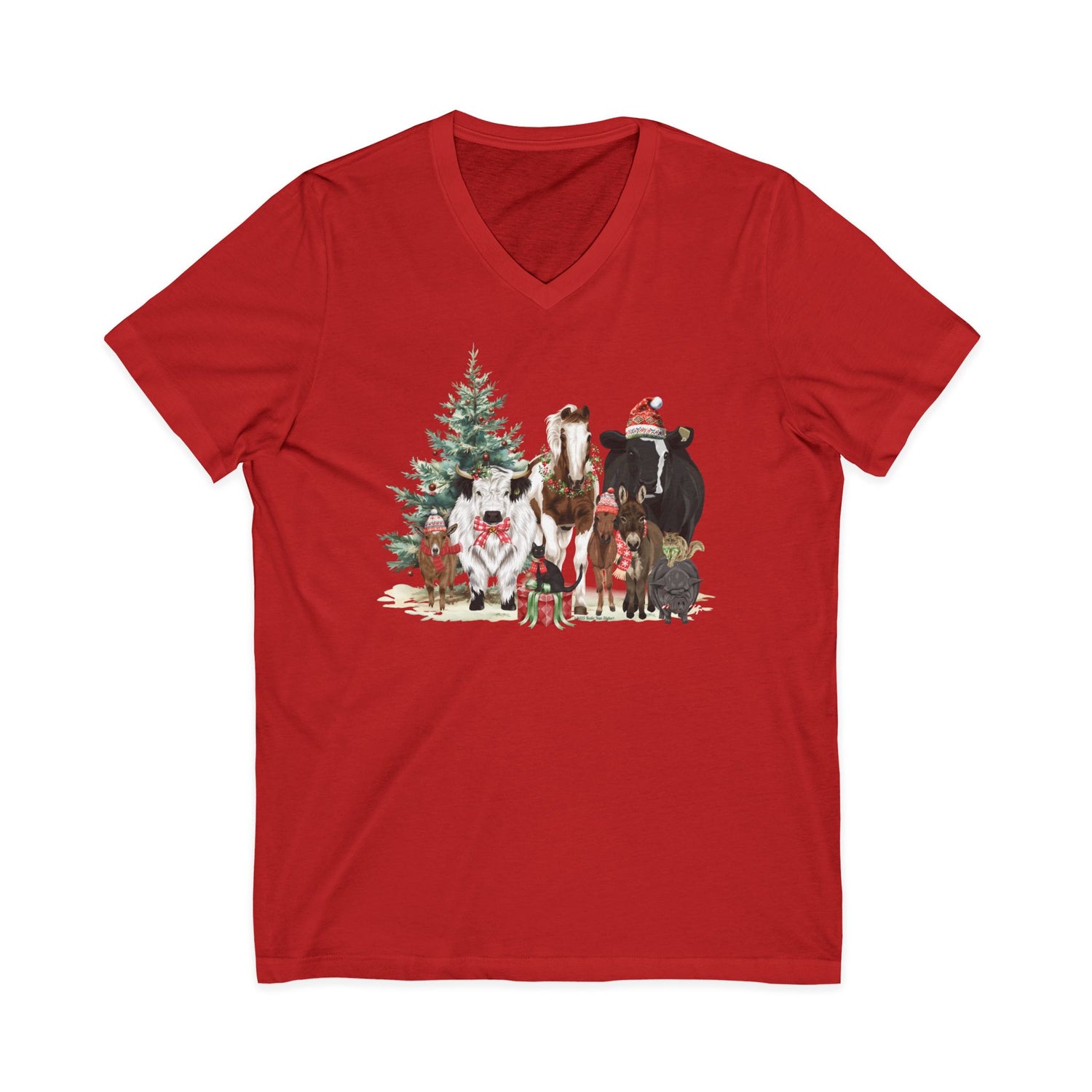

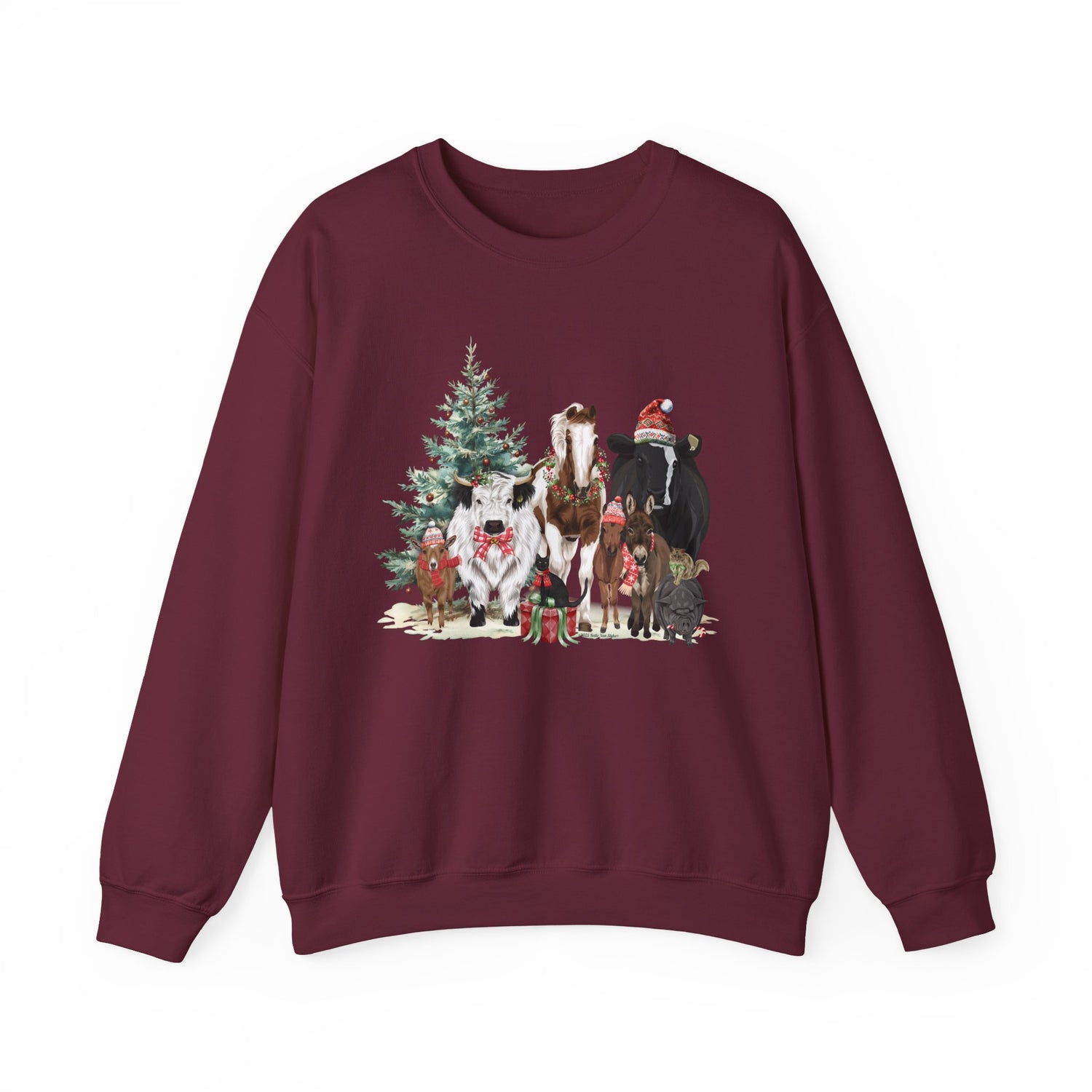
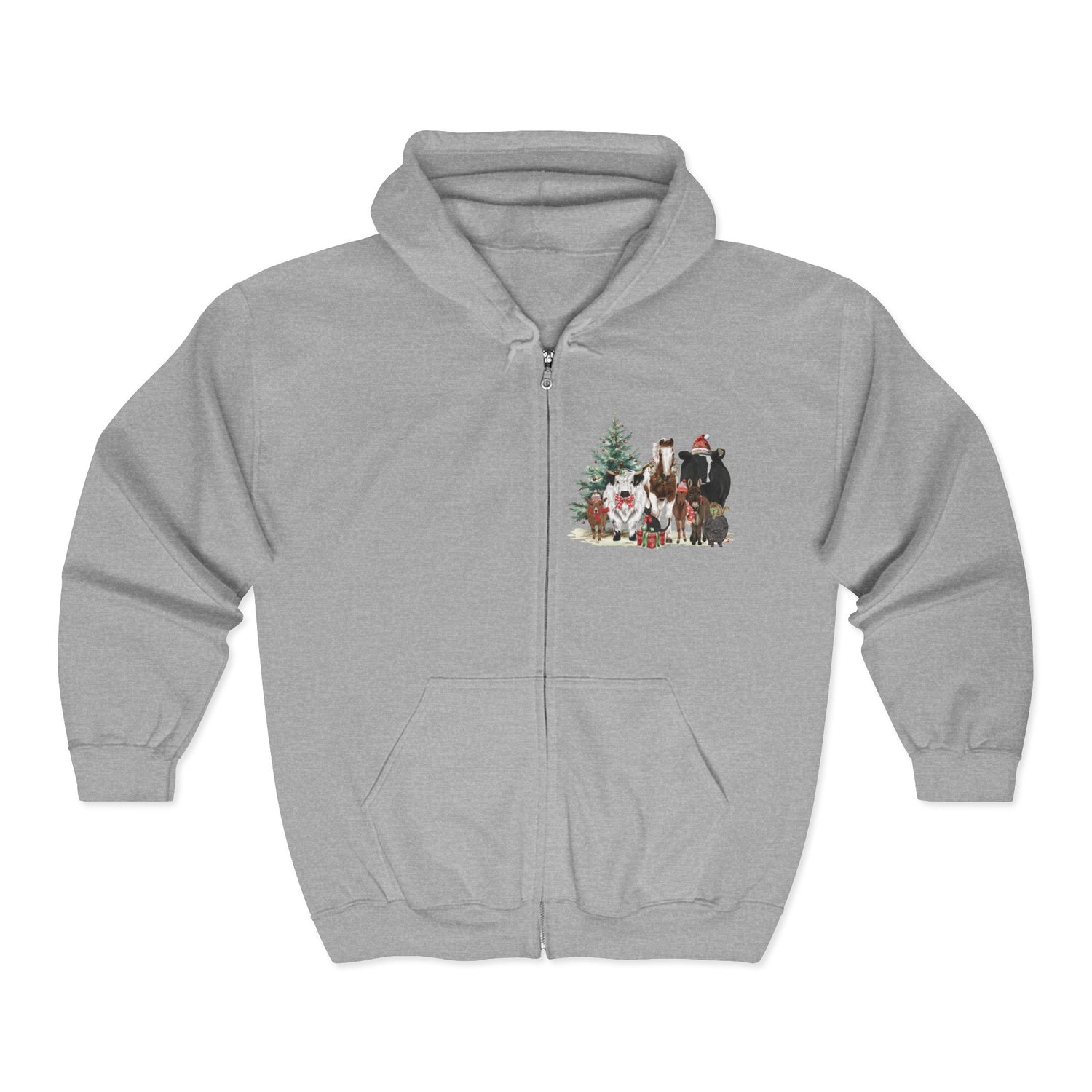
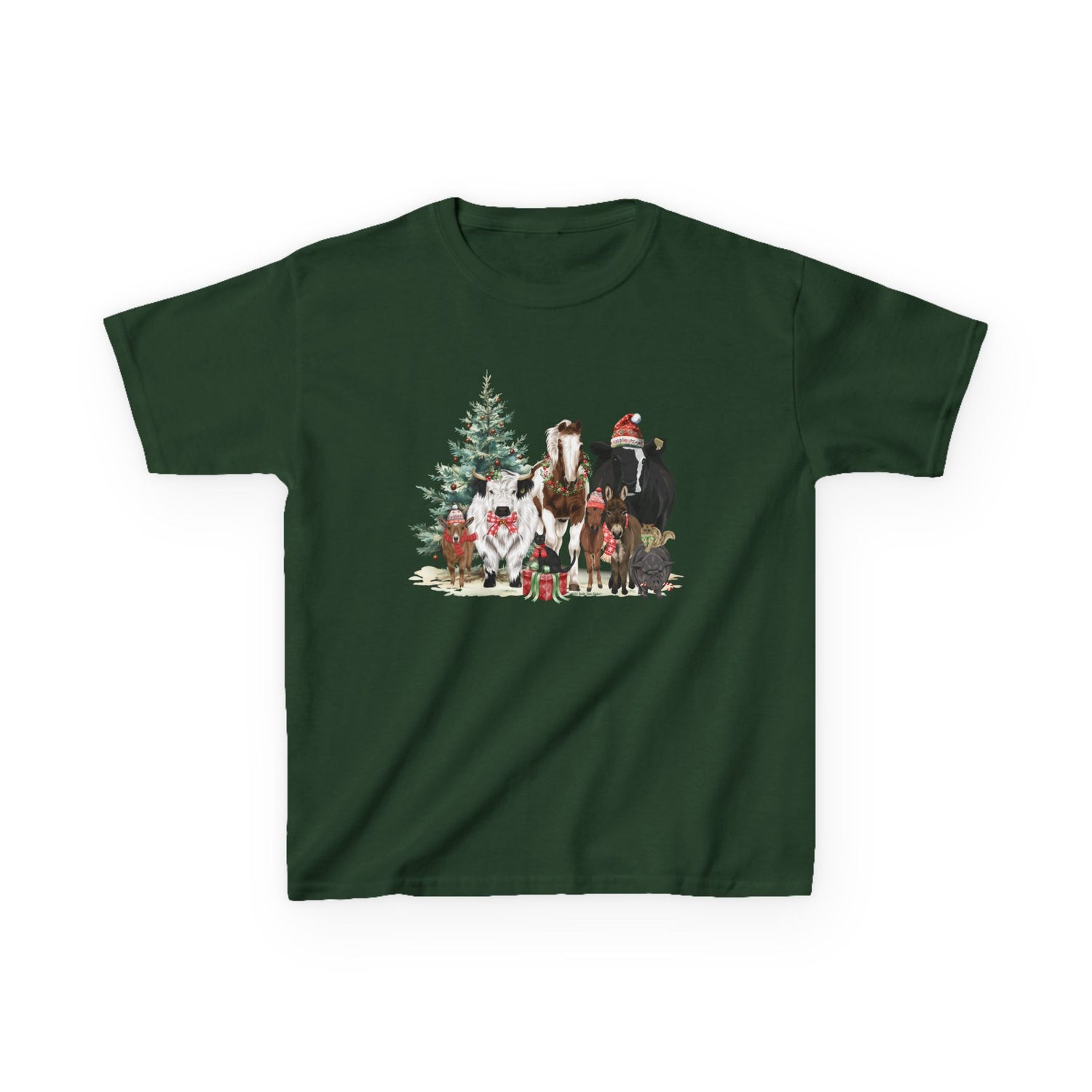
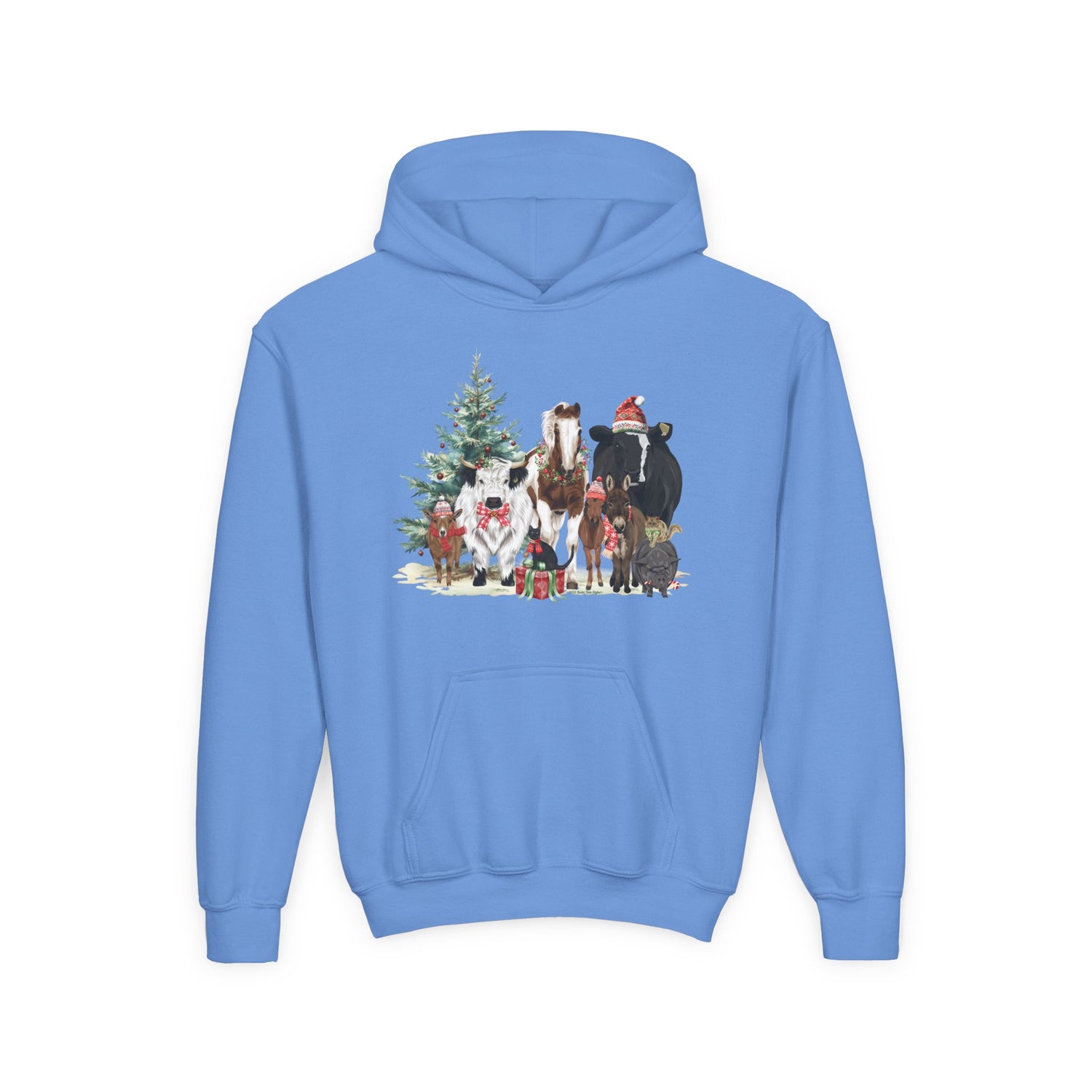
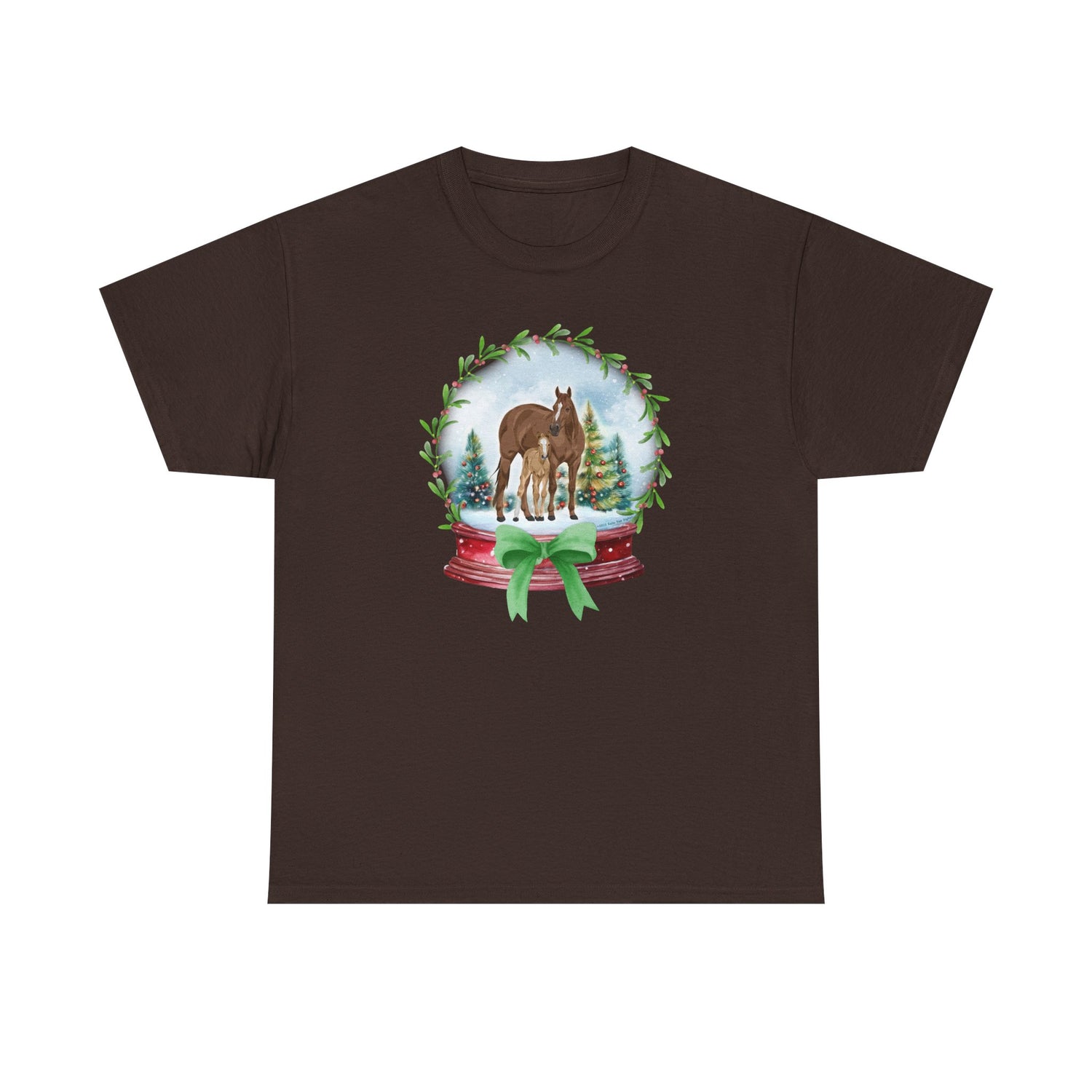
0 comments